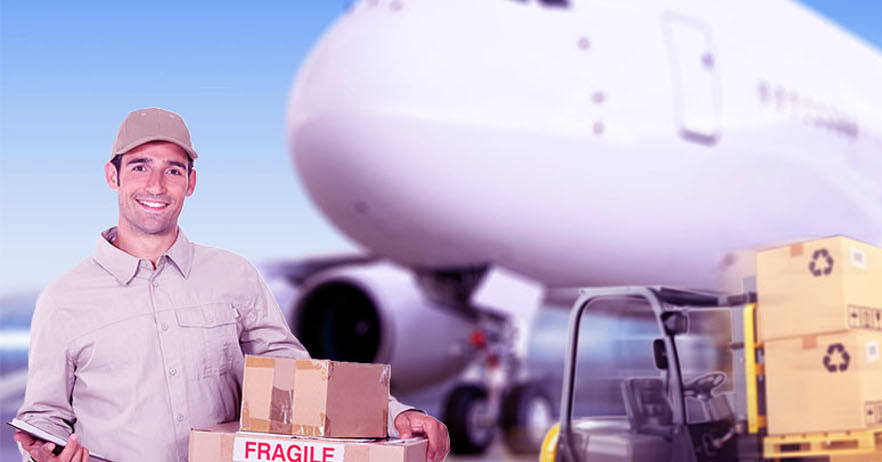The e-AWB international monthly report from IATA looked quite positive on the penetration level (48.2%), but the industry needs to gear-up to attain 100% penetration. The e-AWB target set by IATA for the cargo industry seems to be achievable, and if we could do it for e-ticketing, why are we facing issues with e-AWB?
e-AWB
The Air waybill (AWB) is a critical air cargo document that constitutes the contract of carriage between the ‘Shipper’ and the ‘Carrier’ (airline). As per the electronic air waybill resolution 672 (MeA), a hard copy of AWB is no more needed, and hence, there is no longer a need to print, handle or archive the paper, largely simplifying the air cargo process. [1]
The e-AWB Project is part of the e-freight initiative and aims at encouraging air cargo players to use the electronic AWB (e-AWB), instead of its paper version. Moving to e-AWB is a key enabler to achieve 100% e-freight vision. [1]
The current e-AWB Penetration as given by IATA, is as follows: [2]

Challenges on Compliance
In order to comply with the mandate set by IATA, some of the challenges faced by the cargo industry include, but are not limited to:
(a) Legacy model and unorganized spread. Due to the small size of operation, very limited investments are made on IT upgrades.
(b) Freight-Forwarder (‘FF’) community is completely clustered with small and medium freight-forwarders.
Solution
Surprisingly, many of the players in the cargo industry, particularly the FF community and the airlines, need to know that there is an industry-endorsed solution called eAWBlink, which is already made available by IATA [3]. eAWBlink is a basic industry tool designed for small and medium-sized FFs to become e-AWB compatible, and the best part is – the solution is hosted on the Amazon Cloud.
Refer the high-level solution (implemented) and what it can offer in near future (currently under development, to be approved by IATA).

The Features and benefits are as given below

So it can be seen that the above basic tool can help the FFs to go ahead and start their e-freight future, offering an amazing customer experience
Increased Quality
- No more lost documents, invalid or missing data – business rules comply resolution 600a, 651, etc.
- Syntax errors – should be corrected before FWB/XFWB is sent to the airline
Increased Visibility
- High visibility with instant updates and View Shipment status like FOH, RCS, DLV etc. to know about the live status of AWB’s.
- Immediately correct FNA’s
Simplified Process
- Simplified registration process and quick account activation, easy to use screens that are similar to the paper version
- One-time customer data configuration, templates to create AWB’s in minutes.
- High usability with rich user experience, and an option to Print or Send e-data in a single click
Disruptive System
- Innovative implementation which supports completely paperless processing by interfacing with CCS to reach the airlines
- Adapt any IT environment. No Infrastructure set up & zero CAPEX
- Pay As You Go pricing model with Data Archival
- Utilization of industry resources
Increased Competitiveness

IATA’s initiative to bring such a revolutionary solution is highly commendable. The good part is the airlines and FF Community have already started using the solution. However, the cargo industry should start looking at the tool to start their e-freight journey.
Reference
[1] http://www.iata.org/whatwedo/cargo/e/eawb/Pages/index.aspx
[2] http://www.iata.org/whatwedo/cargo/e/eawb/Documents/e-awb-monthly-report-r17.pdf
[3] http://www.iata.org/whatwedo/cargo/e/eawb/Pages/eawblink.aspx






